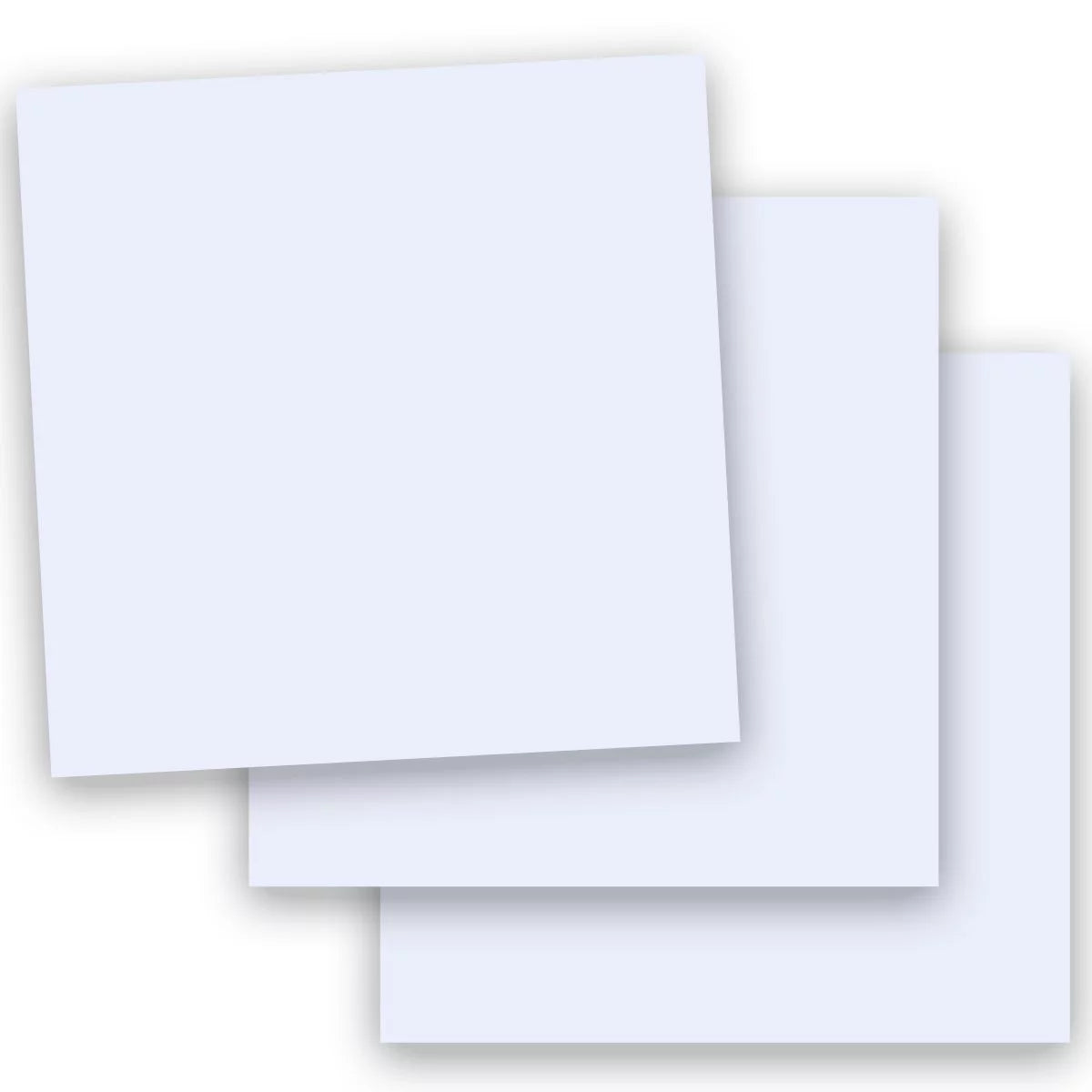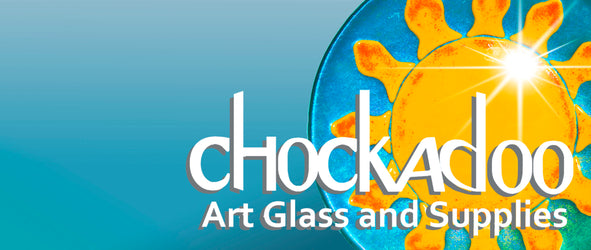
Using Kiln Shelf Paper
Kiln Shelf Paper is made utilising Ceramic impregnated paper. They can withstand up to 871-2 degrees Celsius (1600 Fahrenheit) and can be used on any glass (at least once).
Compared to Kiln wash they are a more expensive alternative however the finish on the glass from the shelf is exceptionally smooth compared to the kiln wash.
Why use it?
-
Achieve Exceptional Separation
A single layer of paper will prevent glass from sticking to the shelf at full fusing temperatures. -
Reduce Prep Time
No need to mix or stir the primer, buy or clean an applicator brush. No need to wait for the fusing primer to dry between shelf coatings. Just cut your shelf paper to the size you want, place on the shelf in the kiln and start firing! The paper can be cut with scissors or box cutter easily. -
Reduce Breakage
When shelf primer is applied unevenly, glass may stick to bare or unevenly coated areas during expansion. When this happens, glass can pull apart and break. Kiln Shelf paper ensures an even coat between the glass and kiln. -
Protect & Maximize Kiln Shelf Life
Kiln Shelf paper protects and prolongs your shelf life.
Difference between Papyros and Thinfire:
- Papyros is Fast & Easy Clean-Up
ThinFire will disintegrate to a dusty tissue and a mask needs to be worn when removing – best to vacuum up to reduce breathing in particles.
Both can be cleaned up using a kitchen egg flipper
- Reduce Air Bubbles
Papyrosis porous, allowing air to circulate. This reduces the probability of air bubbles from forming between the glass and kiln shelf.
- Pitting with Iridized Glass
Avoid direct contact with Iridized glass as this may cause surface pitting in the glass. This has been observed with ThinFire and yet to be confirmed if this also occurs with Papyros.
- Cost
Papyros costs more per cut sheet than Bullseye ThinFire.
For best results
If opal glass has a residue, try the below to correct for your current of next firing.
a. Set temperature below 1450F; 1420/1410 for Wissmach and System 96
b. Sand or grind the residue the off
For ThinFire, use the smoother side against your glass (the side with the logo is the rougher side). This will reduce any residue sticking to the edges of your glass.
For Papyros you can use either side without any issues.
You can also use the paper to create subtle texture.
Usage Note
During the firing cycle the paper will go black and then go back to white once cool. Some people like to vent the fumes during the cycle but this isn't necessary.
Storage idea
Save all your offcuts as they can come in handy for smaller projects. Never fold as the folds will show up under your fused projects
Its recommended you roll the offcuts and store in a tube for safe keeping.

Leave a comment